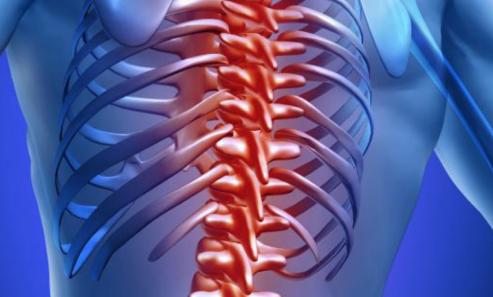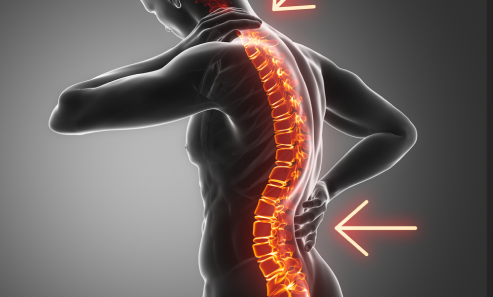




Discectomy is a surgical procedure designed to treat damaged or herniated spinal discs, which can cause debilitating pain and impair daily activities. The primary goal of discectomy is to remove the section of the disc that is compressing the nerves or spinal cord, thereby relieving pain, reducing inflammation, and restoring normal function.
Dіscectomy procedures come іn various types and are tailorеd to each patient's unique neеds. The three main types include:

This is the most common form of discectomy, where a small incision is made in the back, allowing direct access to the affected disc. The surgeon removes the damaged section of the disc to relieve pressure on the nerves.

Microdiscectomy is a minimally invasive procedure that utilises a specialised microscope or endoscope to guide the surgeon in removing the herniated disc material. This technique minimises damage to surrounding tissues and promotes faster recovery.

In this advanced approach, a tiny camera is inserted through a small incision, providing a clear visual of the affected area. Surgical instruments are then used to remove the damaged disc material with minimal disruption to the surrounding tissues.
Conditions necessitating a discectomy often manifest with debilitating symptoms. These symptoms can have a significant еffеct on a person's quality of life and day-to-day actіvitіеs. Here are some common symptoms associated with disc-related conditions that may require a discectomy:
While disc-related conditions can affect anyone, certain factors increase the likelihood of developing these conditions, including:
Age-related degeneration: As we age, the spinal discs lose their elasticity and become more susceptible to damage or herniation.
Sedentary lifestyle or heavy physical work: Prolonged sitting or engaging in physically demanding activities can strain the spine and increase the risk of disc problems.
Obesity or excess weight:The additional weight places extra stress on the spinal discs, contributing to their deterioration.
Previous spinal injuries or surgeries: Prior injuries or surgeries on the spine can weaken the discs and make them more prone to herniation.

Several underlying causes can lead to disc-related conditions requiring discectomy, including:
While not all disc-related conditions can be prevented, certain measures can help lessen the risk of developing them:

Excess weight places additional stress on the spine, increasing the likelihood of disc problems. Regular exercise and a healthy and balanced diet can help manage weight and promote spinal health.

Strengthening the core muscles provides support for the spine, reducing the risk of disc injuries. Engaging in activities such as swimming, yoga, or pilates can help improve flexibility and promote a healthy spine.

Maintaining proper posture and using correct body mechanics while lifting heavy objects or performing physical tasks can minimise strain on the spine and reduce the risk of disc damage.

Lifting heavy objects or twisting the spine forcefully can lead to disc herniation. Whenever possible, use proper lifting techniques and avoid repetitive movements that strain the back.
At CritiCare Asia Hospitals, our approach to discectomy involves a comprehensive treatment plan tailored to each patient's specific needs. The process typically involves the following stages:

The stages involved in a discectomy procedure typically include:

Prior to surgery, patients undergo consultations with the surgical team to discuss the procedure, address any concerns, and prepare for the surgery, including fasting instructions and medications.

During the surgery, the surgeon carefully removes the damaged or herniated portion of the disc, relieving pressure on the nerves or spinal cord. The specific technique employed depends on the patient's condition and the surgeon's expertise.

After the surgery, patients are monitored closely in a recovery area to ensure stability and proper healing. Pain management strategies, including medications and physical therapy, are initiated to help manage discomfort and promote healing.
The recovery process following a discectomy procedure is essential for optimal outcomes. While recovery times vary, here is an overview of the road to recovery: